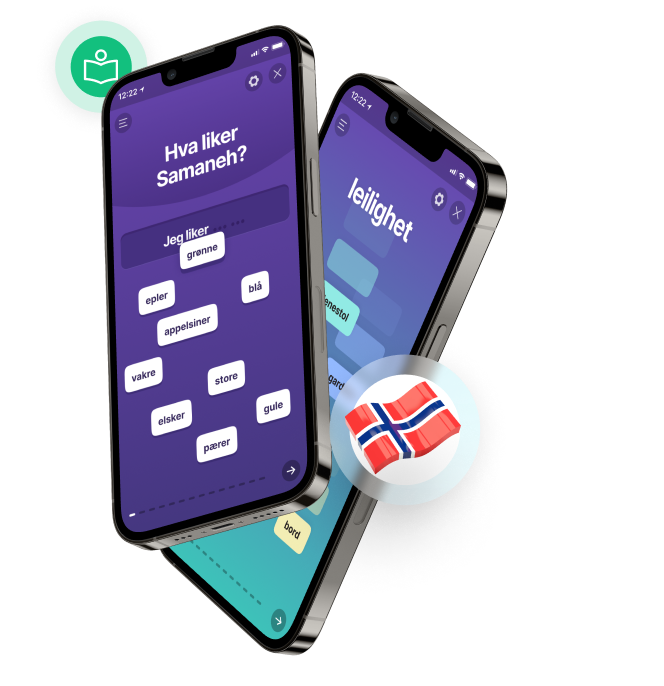Bra - Bedre - Best
Comparing adjectives in Norwegian
Recognize this picture? During the winter season this image is what every Norwegian expects to see when they open the sports pages of the newspaper or turn on the TV for the ski races… Taking a bronze medal in the World Championship is incredibly GOOD, getting silver is BETTER, but securing the gold is the BEST…

First of all – the heading of this article is all wrong! It should really be God – Bedre – Best. Why – you would ask?
Because this article is about adjectives. God and Godt are adjectives, describing how something IS.
Bra, however, is an adverb, describing HOW something is DONE.
Bra (adverb) God (adjective)
Anyways, too late now, you’re already reading this and we’re well into the article…
Which is about the three "degrees" of adjectives.
Positive – Comparative – Superlative
When teaching Norwegian classes I often say that adjectives are like groupies. Groupies of pop idols - the kind of people who like to “dress up” like their popular idols (the nouns/pronouns). Adjectives always “copy” the gender, the number and the definition of the noun they are standing next to.
If a noun is intetkjønn, so is the adjective.
Et langt brev
If a personal pronoun is plural, so is the adjective.
De ble veldig sinte
And if the noun is in bestemt form, so will the adjective be (again by adding the letter "e").
Den store seieren
The jury has spoken
But where the adjectives really come into their own is when they measure qualities. Or compare, as it is called in English . In Norwegian we call it Gradbøyning. It’s like the adjectives become the jury, which has the power to say:
This is fast This is even faster This is the fastest
The fast skier is likely to be wearing a bronze medal around their neck. the faster skier wins the silver. The fastest skier grabs the Gold.
in Norwegian:
rask raskere raskest
The formula
So here we have the formula:
- Positive: the basic form of the adjective (so nothing is added)
- Comparative: -ere is added
- Superlative: -est is added
This is also very similar to the English comparison of adjectives, don’t you think?
Oh, and just to be sure - to compare an adjective or to “bøye” as we say in Norwegian – simply means: to add something/change this word in a way that expresses a difference:
Regular comparison
This is the one you saw above: all we do is add the endings -ere for komparativ and -est for superlativ.
Rask Raskere Raskest
Irregular comparison
Happens when the change from positiv to komparativ or superlativ involves more than just adding -ere and -est.
A few common examples:
God Bedre Best
Liten Mindre Minst
Gammel Eldre Eldst
We see that we get entirely NEW words when we decline these adjectives – that’s why we call them irregular.
That's all, folks – don't forget to leave your comments here below in the comment box. And, if you want your friends to read Norskbloggen.no, just share our link on your social media pages
Continued luck learning Norwegian!
Would you like to learn more Norwegian?
Sign up today and learn Norwegian with our game-based online language course «Samanehs reise», from beginner level to fluent speaker!
From NOK 375 per måned



